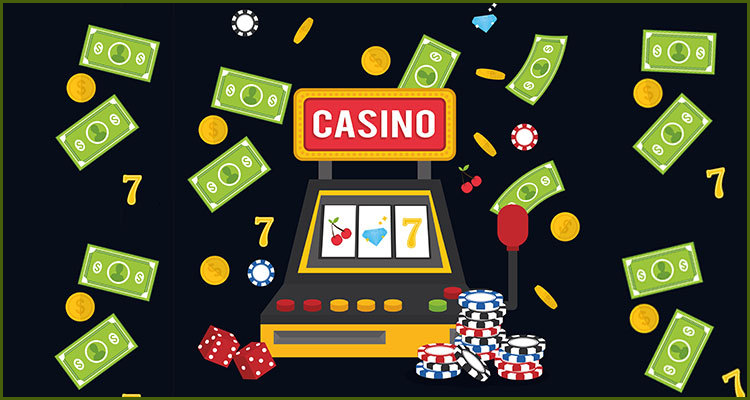The long-held myth that casino patrons are somehow able to detect slot machine payout percentages has reportedly been shattered by a pair of researchers following the completion of a nine-month study involving two pairs of machines in Australia.
Sydney scrutiny:
According to a Monday report from the University of Nevada, Las Vegas (UNLV) published by Phys.org, the investigation looked at the performance of matching Tokyo Rose and Dragon’s Fortune X games inside a suburban ‘locals’ casino in Sydney. The long-term experiment purportedly involved varying the amount of player cash ultimately kept by the machines between 14.93% and 7.98% before later working out each unit’s ‘T-win’ value.
‘Pars’ versus ‘T-win’:
The amount of cash an individual machine keeps over a certain period of time is reportedly often referred to as its ‘par’ while the ‘T-win’ assessment involves multiplying this value by the unit’s coin-in rate. The investigation was purportedly led by Anthony Lucas from UNLV’s William F Harrah College of Hospitality and the former gaming industry operations analyst stated that this value is of particular importance to casinos that may be looking to optimize slot revenues.
Lucas reportedly stated…
“I think some operators are naturally and understandably cautious of new information that challenges traditional industry practices. But we must consider how we know what we know. This is where our work takes on a Moneyball-like aspect; questioning the wisdom of widely held beliefs when data shows that a new way of thinking may be better.”
Insignificant movement:
The report in Phys.org explained that Lucas had been aided in his inquiry by Katherine Spilde from San Diego State University with the results of their examination showing almost no difference between the high and low ‘par’ games. This meant that there was no statistically significant indication of play migration while any lowered ‘par’ had been more than alleviated by higher ‘T-win’ rates.
Lucas stated…
“Casino operators should take note of the substantial increases in ‘T-win’ as they are responsible for optimizing revenues, not coin-in.”
Raising revenues:
In terms of what the results of this investigation may mean moving forward, Lucas proclaimed that casino operators will now be able to optimize the revenues from their slots without the risk of alienating players keen on securing big wins.
He added…
“Ultimately, operators are responsible for optimizing slot revenues, which is no simple task. Knowing which ‘par’ will produce the greatest win is most helpful but the optimization issue becomes more complex when the possibility of player detection is introduced. Put simply, our results suggest that greater ‘pars’ produce greater revenues without the risk of brand damage resulting from ‘price’ detection.”



